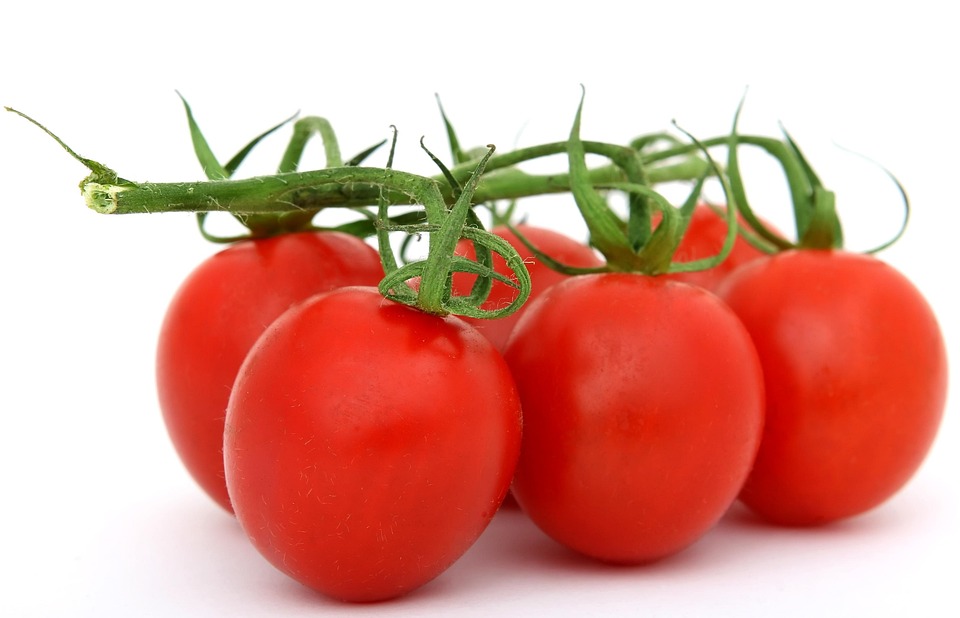In today’s globalized world, the intersection of food and culture has never been more prevalent. As people from different backgrounds come together, they bring with them their unique culinary traditions, creating a rich tapestry of flavors and experiences. Savoring diversity is about embracing this cultural exchange and celebrating the unique dishes that each culture has to offer.
**The Power of Food in Connecting Cultures**
Food has always been a powerful tool for bringing people together. Whether it’s sharing a meal with family or friends, or exploring the local cuisine of a new country, food has the ability to transcend language and cultural barriers. It is a universal language that speaks to our shared humanity and allows us to connect with others in a meaningful way.
**Exploring Global Flavors**
One of the most exciting aspects of savoring diversity is the opportunity to explore new and exotic flavors from around the world. From the spicy curries of India to the savory dumplings of China, there is a whole world of culinary delights waiting to be discovered. By stepping outside of our comfort zones and trying new foods, we can expand our palates and gain a deeper appreciation for the diversity of food cultures that exist.
**Preserving Traditional Recipes**
In addition to exploring new flavors, savoring diversity also involves preserving traditional recipes that have been passed down through generations. These recipes are not just about the ingredients and cooking techniques, but also the stories and memories that are associated with them. By keeping these culinary traditions alive, we can honor the cultural heritage of our ancestors and ensure that their legacy lives on for future generations to enjoy.
**Celebrating Food Festivals**
Food festivals are a great way to experience the intersection of food and culture in a fun and festive atmosphere. These events bring together people from different backgrounds to celebrate their shared love of food. Whether it’s the vibrant colors of a Mexican street food festival or the aromatic spices of an Indian food fair, there is something for everyone to enjoy. Food festivals are also a great opportunity to support local businesses and artisans who are passionate about sharing their culinary traditions with the world.
**The Importance of Cultural Sensitivity**
While savoring diversity is a wonderful way to celebrate different cultures, it is important to approach this endeavor with cultural sensitivity and respect. It’s essential to be mindful of the cultural significance of certain foods and traditions, and to engage in a dialogue with people from that culture to gain a deeper understanding of their culinary practices. By approaching food with an open mind and a willingness to learn, we can create meaningful connections with people from different backgrounds and foster a sense of unity and understanding.
**Common Questions About Savoring Diversity**
1. How can I incorporate diversity into my own cooking?
One way to incorporate diversity into your cooking is to experiment with new ingredients and recipes from different cultures. You can also attend cooking classes or workshops that focus on international cuisine to learn more about the culinary traditions of other cultures.
2. What are some ways to support diversity in the food industry?
Supporting diversity in the food industry can be as simple as patronizing restaurants and food businesses owned by people from diverse backgrounds. You can also seek out food products that are sourced from diverse suppliers and producers to help promote inclusivity in the industry.
3. How can I learn more about different food cultures?
There are many resources available for learning more about different food cultures, including cookbooks, food blogs, and online cooking classes. You can also attend food festivals and cultural events in your area to immerse yourself in the sights, sounds, and flavors of different cultures.
**Conclusion**
Savoring diversity is not just about enjoying delicious food from around the world, but also about celebrating the rich tapestry of cultures that make up our global community. By exploring the intersection of food and culture, we can gain a deeper appreciation for the diverse traditions and practices that shape the way we eat and connect with others. So next time you sit down to a meal, take a moment to savor the flavors and stories that come with it, and remember the power of food in bringing people together.








